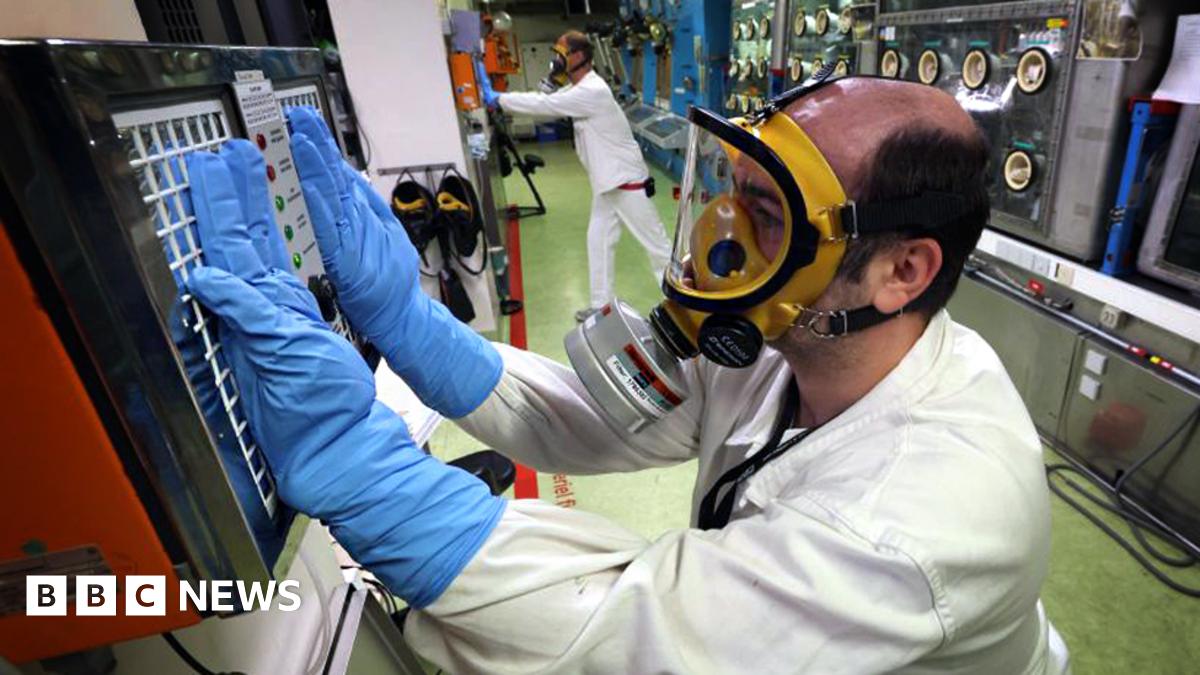Dr Bluck thinks nuclear submarines offer a compelling safety case for SMR technology. “We build a reactor and put it in a submarine, and people sleep within two yards of it.”
And he forecasts the tech sector’s involvement in SMR development will prove decisive. “These guys have got oodles of cash!”
By contrast, Dr Doug Parr, chief scientist for Greenpeace UK, says that the high cost of SMRs will prove to be too great a barrier.
Unrealistic hype lies behind the cost estimates for SMRs,” he says. “This hype will fall away as delays and difficulties emerge.”
Dr Parr argues that data centre operators will get cold feet when revised costings emerge to render SMRs uncompetitive compared with renewable energy sources.
Greenpeace is also opposed to nuclear power on safety grounds, pointing out the risk of accidents, and the need to deal with the radioactive waste.
Spencer Lamb, chief commercial officer at British data centre developer Kao Data, doesn’t view nuclear-powered facilities in the UK as being something imminent. “I’ve heard about SMRs, but it will take a long time to deploy a nuclear-configured data centre in the UK, and AI is happening now,” he says.
Back in California, a company called Oklo says it has an SMR design that is almost ready to roll.
“AI is the catalyst, the main driver,” says Brian Gitt, who is in charge of business development at the company.
Oklo plans to manufacture SMRs that it says can built both quickly and safely.
“People question the viability of nuclear power due to the waste product and risk of an accident,” says Mr Gitt. “We recycle the fuel through our reactor multiple times, dealing with the waste, and the new reactors cannot melt-down, they are self-cooling and self-regulating.”
